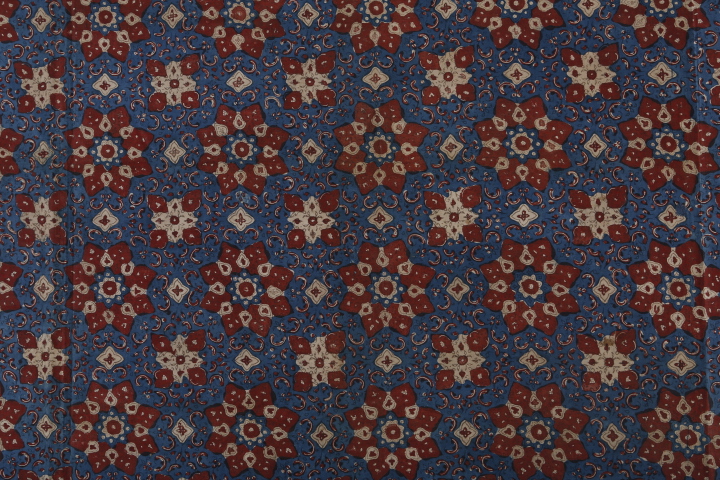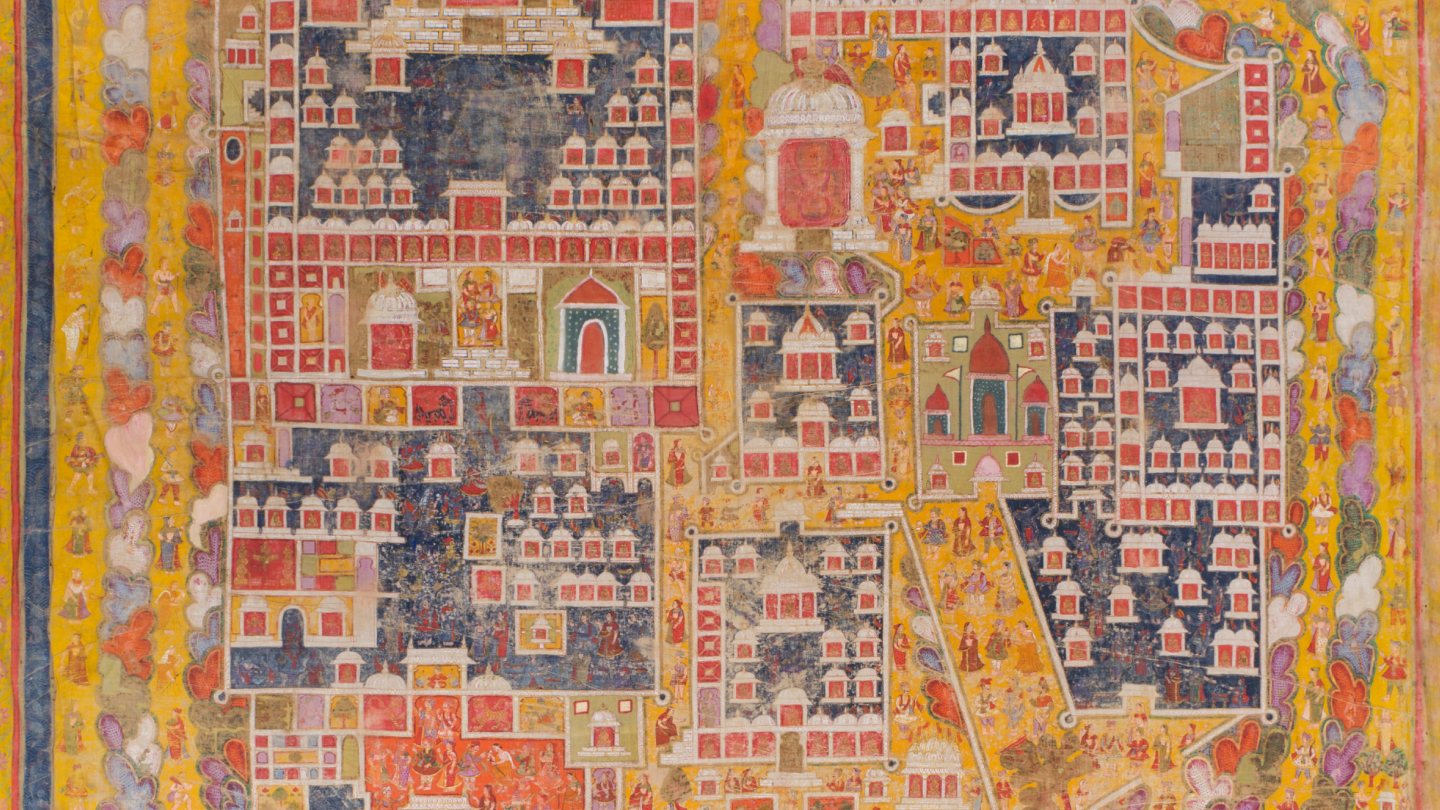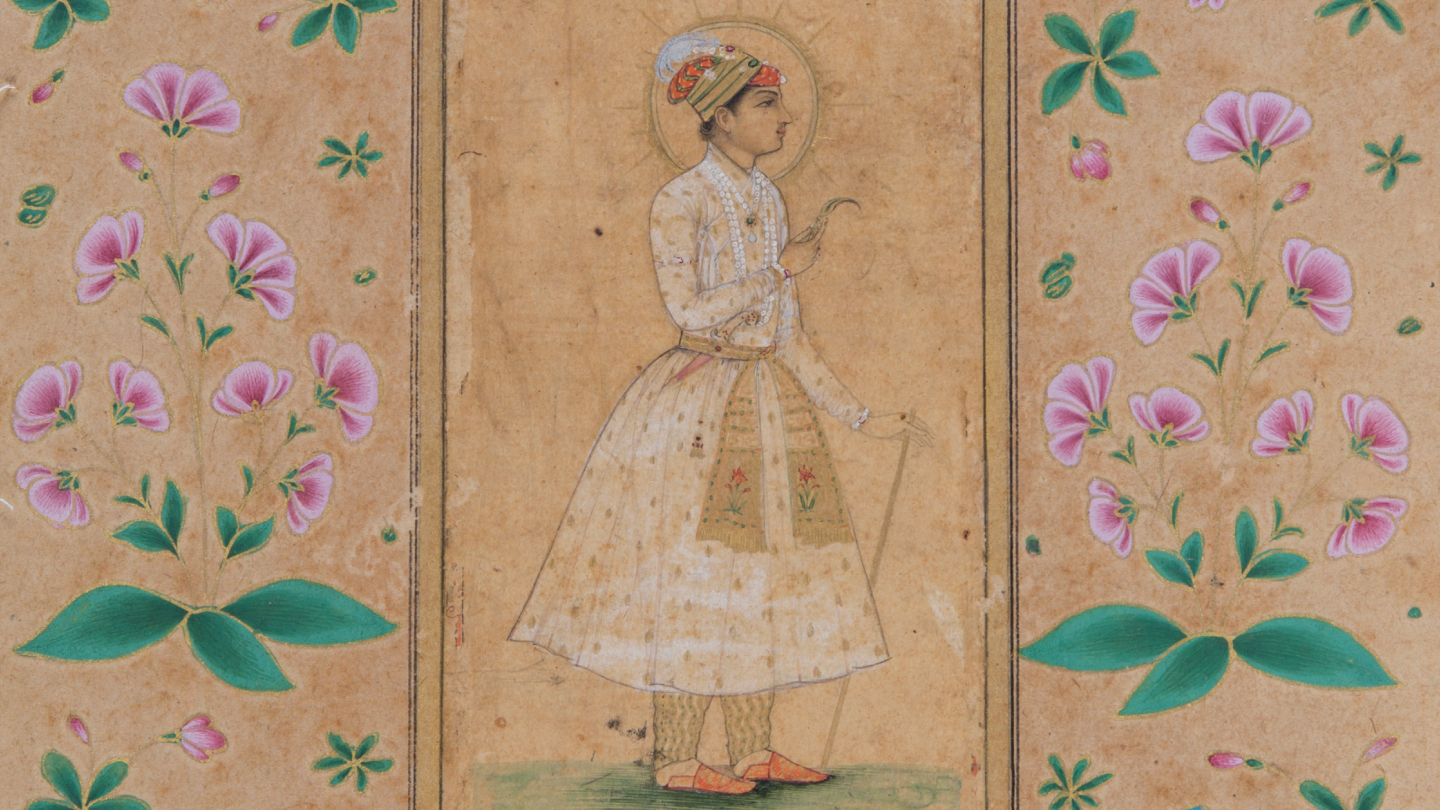Blogs
The Unique Feminine Aesthetic of Popular Art
Krittika Kumari
MAP’s latest talk with Ganesh Shivaswamy, an important scholar and collector of Ravi Varma prints, traced the evolution of the popular aesthetic in India, from Raja Ravi Varma to S.M. Pandit, to Raghuvir Mulgaonkar.
Art is all around us: it is in the colours of Mother Nature, the facades of our homes, the hustle-bustle of cities, the festivals of our communities, and even the clothes we adorn. Perhaps, the easiest way to explain the ubiquity of art is through the popular art genre. From images of gods and goddesses and mythological figures that were produced and proliferated in the late 19th century, to calendar art, advertisements and film posters from the 20th century, popular prints are found in almost every home, in one way or another, and are a prime example of our constant interaction with art.
Continuing the theme of Art (is) Life, introduced via their digital launch festival in December 2020, MAP presents a brand new series of talks for the months of January and February that are centered on showcasing how art is integral to life, and life to art. The first in the series held over Zoom on Saturday, 9 January, 2021, featured Ganesh Shivaswamy elaborate on the evolution of the popular aesthetic in India, from Raja Ravi Varma to S.M. Pandit, to Raghuvir Mulgaonkar. An important collector and scholar of Ravi Varma’s prints, Shivaswamy set up the Ganesh Shivaswamy Foundation in 2019, which currently serves as one of the most comprehensive resources on the works of the artist.
When we think of popular imagery in India, the first name that comes to mind is in fact of Raja Ravi Varma. The mass proliferation of pictures printed by the Ravi Varma Press during the 19th century transformed the public’s interaction with art, particularly with religious imagery. For the first time, human-like images of goddesses such as Saraswati and Lakshmi were available for people to put up in their homes and worship. Slowly, the imagery extended to depict characters from mythological tales as well, such as Shakuntala. A strong influence of Ravi Varma’s visual language is also noticeable in the cinema posters of the 20th century, and particularly in the depiction of the female figures.
What Raja Ravi Varma created was a unique feminine aesthetic – full-bodied women dressed in diaphanous sarees, with the drapes revealing their graceful curves. This feminine aesthetic is carried on in the works of Ravi Varma’s successor, S.M. Pandit, and is particularly elaborated upon in the works of the later artist, Raghuvir Mulgaonkar. As explained by Shivaswamy, in Mulgaonkar’s works one notices an increased sublimity and gravitation towards the feminine, not only in the depiction of the female figure, but also in the highly effeminised faces of the male figures.
Drawing from works in the collections of MAP and the Ganesh Shivaswamy Foundation, the scholar contextually traces the popularisation of this feminine aesthetic, and more importantly, the seamless integration between fine art, popular art and society during the late 19th-early 20th centuries. In case you missed it, the informative talk is now available for streaming on MAP’s website. Watch it here!
Krittika Kumari is the Digital Editor at the Museum of Art & Photography, Bengaluru. A graduate of the Courtauld Institute of Art in London, her research interest lies in the Mughal miniature painting tradition, as well as Indian Modern Art.








